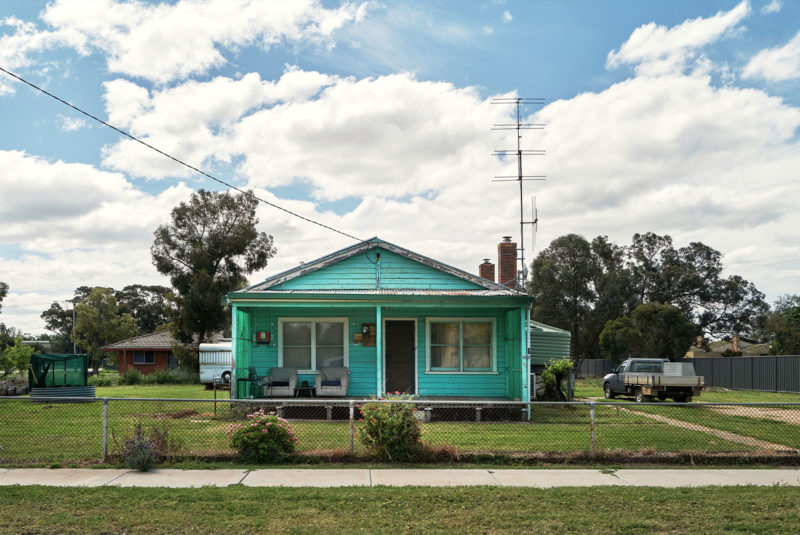Ready To Buy a Home?
Get Approved to Buy a Home
Rocket Mortgage® lets you get to house hunting sooner.
You can refinance your home multiple times for multiple reasons. Maybe you want to capitalize on a lower interest rate or switch from an adjustable-rate mortgage (ARM) to a fixed-rate loan. Some of us may decide to refi to help us get through a difficult financial situation.
While it may be in your best interest to refinance, you should always weigh the costs and benefits of refinancing multiple times.
How Many Times Can You Refinance a Mortgage?
Explore Your Mortgage Options
What are you looking to do?
There are no rules limiting how many times you can refinance a mortgage, but many lenders set a 6-month waiting period (aka seasoning requirement) before refinancing.
The number of times you can refinance your mortgage depends on whether you qualify for a refi and your mortgage has a waiting period.
If you’re wondering how soon you can refinance after closing on a loan, the answer is usually 6 months. But some lenders impose longer wait times.
Aside from the waiting period requirement, there are other criteria you’ll need to meet, like having at least 20% equity in your home.
If you qualify for a refinance, consider the costs because they can be significant.
Reasons You Should Refinance Your Home Loan
Everyone has reasons for refinancing their home a second, third or even fifth time. Some of the most common reasons include:
Getting a lower interest rate
Mortgage rates are always changing. If you took out a 30-year mortgage, there’s a possibility that rates will decrease from the time you took out your loan. For many people, getting a lower interest rate on their mortgage is the number one reason to refinance.
Saving on interest charges
Switching to a shorter-term mortgage can reduce the total interest you pay over the life of the loan. For example, if you compare a 30-year fixed-rate mortgage and a 15-year fixed-rate mortgage with the same interest rate, you’d pay half the total interest with the 15-year mortgage.
Reducing your monthly mortgage payments
Refinancing to lock in a lower interest rate or extend your loan repayment period can lower your monthly mortgage payment. A refi can help increase your monthly cash flow by decreasing the size of your monthly payment.
Paying off the loan faster
Refinancing to a shorter loan term could make sense for borrowers who want to pay off their loans faster. It will certainly get you closer to the finish line. And because shorter-term loans can have lower interest rates, you’ll pay less interest.
If you go this route and refi to pay off your loan faster, you should still factor closing costs into your decision to make sure refinancing is worthwhile.
Tapping into equity with a cash-out refinance
With a cash-out refi, homeowners can get a lump sum of cash in exchange for a portion of the equity in their home.
How To Calculate the Cost of a Refinance
If you qualify for the new mortgage, you can refinance your home whenever you think it makes financial sense.
For this example, let’s say you want to refinance from a 15-year mortgage to a 30-year mortgage in order to lower your monthly payments.
Before refinancing, you’d want to figure out the costs to refinance, including how much interest you’d pay every month and over the life of the loan and your new monthly payment.
Find the breakeven point
If you’re refinancing and aren’t holding on to the loan long enough to break even on the closing costs – you’re refinancing too often.
So how do you know when you’ll break even? To figure that out, you have to do some math. Let’s work on a fictional mortgage with a 5.5% interest rate and a $1,634 monthly mortgage payment.
- Your refi has the same term length as your existing mortgage, but the interest rate is 4%, and the closing costs for the refi total $6,000.
- Your new monthly payment will be $1,479 (based on the lower interest rate).
- To calculate your breakeven point, subtract $1,479 from $1,634, which equals $155.
- Every month, you’ll pay $155 less than your previous mortgage, but you must account for the $6,000 closing costs.
- Divide your closing costs ($6,000) by your $155 in monthly savings, and you’ll get 38.7 (just under 3 years and 3 months), which is how long it will take to break even. After that point, the potential savings begin.
What To Consider Before You Refinance Again
Before you refinance, carefully consider the financial implications and make sure you meet the lender’s refi requirements.
Paying closing costs – again
Every time you refinance, you pay closing costs, which are usually 2% – 5% of the loan amount.
To avoid the upfront expense of closing costs, consider a no-closing-cost refinance. A no-closing-cost refi gives you the option to fold the closing costs into the loan or waive them in exchange for a higher interest rate.
Meeting lender requirements
Lenders have different requirements and waiting periods you’ll need to meet. These rules will vary by loan type. Some examples include the:
- United States Department of Agriculture Streamline-Assist Refinance: The USDA Streamline Refinance is available to homeowners with USDA loans who made their mortgage payments on time over the last 12 months.[1]
- FHA Streamline Refinance: An FHA Streamline Refinance requires borrowers to make at least six payments on their mortgage before refinancing and has a 210-day waiting period.[2]
- Department of Veterans Affairs (VA) Interest Rate Reduction Refinance Loan: The VA IRRRL (sometimes called a VA Streamline Refinance) has a 210-day waiting period that begins after the due date of your first monthly mortgage payment.[3]
Impact on your credit score
When you refinance, your lender will run a hard credit inquiry that will cause your credit score to drop temporarily. If you’re planning on buying a new car or taking out another loan over the next few months, refinancing first could make it more challenging to qualify.
Incurring a prepayment penalty
Some loans have prepayment penalties that get triggered when you pay your loan off early, refinance or sell your home. As with closing costs, take prepayment penalties into account to determine whether refinancing will save you money.
Alternatives to Refinancing
If you don’t like the idea of refinancing, consider recasting or modifying your mortgage, taking out a home equity loan or home equity line of credit (HELOC) or applying for a personal loan.
Make a Plan Before Playing the Refi Game
Refinancing is a game of numbers. Before you step out onto the “field,” make sure you’re game ready and qualify for a refi. Reach for your calculator and make strategic moves that advance your financial goals.
Take the first step toward buying a home.
Get approved. See what you qualify for. Start house hunting.
The Short Version
- There are no rules limiting how many times you can refinance a mortgage, but many lenders set a 6-month waiting period (aka seasoning requirement) before refinancing
- When you refinance, your lender will run a hard credit inquiry that will cause your credit score to drop temporarily
- Every time you refinance, you pay closing costs, which are usually 2% – 5% of the loan amount
United States Department of Agriculture. “Streamlined Assist Refinance Loans.” Retrieved October 2022 from https://www.google.com/url?q=https://www.rd.usda.gov/files/RD-RHS-SFHStreamlinedAssistRefinanceLoans.pdf&sa=D&source=docs&ust=1664949044612781&usg=AOvVaw3jYgBdmoflWDI0sEKnFqRt
Federal Deposit Insurance Corporation. “Streamline Refinance.” Retrieved October 2022 from https://www.fdic.gov/resources/bankers/affordable-mortgage-lending-center/guide/part-1-docs/streamline-refinance.pdf
U.S. Department of Veterans Affairs. “Home Loans Circular 26-20-16.” Retrieved October 2022 from https://www.benefits.va.gov/HOMELOANS/documents/circulars/26_20_16_exhibita.pdf




